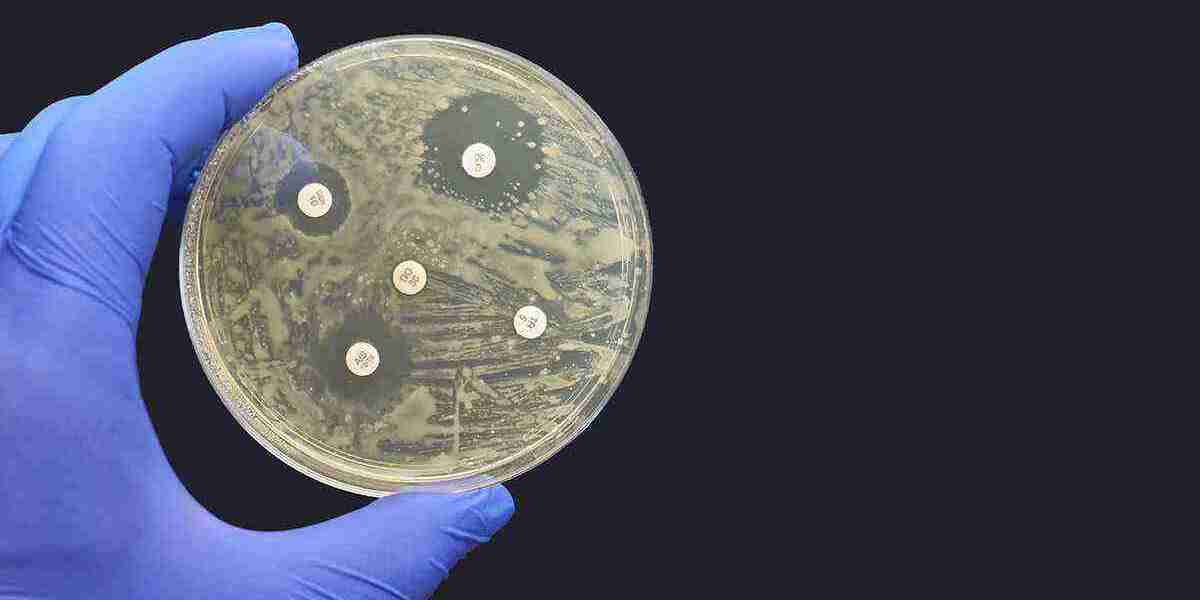The global antimicrobial polymer films market is evolving rapidly, with sustainability emerging as a central theme shaping product development and industry strategies in 2025. As consumers, regulators, and businesses increasingly prioritize environmental responsibility, antimicrobial polymer films are being engineered not only to inhibit microbial growth but also to support eco-friendly packaging solutions. This dual focus on hygiene and sustainability is driving innovative trends that are reshaping the market landscape.
Sustainability: The New Imperative for Packaging
Packaging contributes significantly to global plastic waste, prompting urgent calls for greener alternatives. In response, the antimicrobial polymer films market is aligning with sustainability goals by developing materials that reduce environmental impact without compromising antimicrobial effectiveness.
Key Trends Driving Sustainable Antimicrobial Polymer Films
1. Rise of Biodegradable and Compostable Films
The adoption of biodegradable polymers such as polylactic acid (PLA), starch-based blends, and other bio-based materials is accelerating. These films incorporate antimicrobial agents to maintain food safety and product protection while ensuring rapid decomposition after disposal, reducing landfill burden.
2. Use of Natural Antimicrobial Agents
Manufacturers are increasingly replacing synthetic antimicrobial additives with natural alternatives derived from plant extracts, essential oils, and bioactive peptides. These natural agents offer biodegradability and lower toxicity, aligning with clean-label consumer preferences.
3. Advanced Coating Technologies for Minimal Material Use
Innovations like ultra-thin antimicrobial coatings and plasma treatments enable effective microbial protection using less material. This reduces the overall environmental footprint of packaging and improves recyclability.
4. Integration of Recyclable Materials
Efforts are underway to develop antimicrobial films compatible with existing recycling streams. For example, polypropylene (PP) and polyethylene (PE) films infused with antimicrobial agents that do not hinder recycling processes are gaining traction.
5. Multi-Functional Sustainable Films
The market is seeing films that combine antimicrobial activity with other sustainable features such as oxygen and moisture barriers, mechanical strength, and UV resistance. These multi-functional films enhance product shelf life and reduce food waste, contributing indirectly to environmental sustainability.
Market Drivers Supporting Sustainable Packaging
Regulatory Pressure: Governments worldwide are introducing stricter regulations on single-use plastics and packaging waste, pushing industries toward sustainable antimicrobial solutions.
Consumer Awareness: Growing consumer demand for eco-friendly products encourages brands to adopt antimicrobial films that reflect sustainability values.
Corporate Responsibility: Companies are committing to sustainability targets, investing in research and partnerships to innovate greener packaging technologies.
Challenges to Overcome
Cost of Sustainable Materials: Biodegradable and natural antimicrobial agents currently come at a premium, impacting pricing strategies.
Performance Balance: Ensuring sustainable films match the durability and antimicrobial efficacy of conventional films remains a technical challenge.
Infrastructure for Disposal: Effective composting and recycling facilities must grow to support widespread adoption of sustainable films.
Future Outlook
The antimicrobial polymer films market is expected to witness significant growth in sustainable packaging solutions by 2025 and beyond. Advances in bio-based polymers, natural antimicrobials, and coating technologies will drive innovation. Manufacturers embracing sustainability alongside antimicrobial performance will capture a larger share of the expanding eco-conscious market segment.
Conclusion
Sustainability is no longer optional in the antimicrobial polymer films market; it is a critical growth driver shaping innovation and industry direction in 2025. By developing antimicrobial films that safeguard health while minimizing environmental impact, the market is poised to meet the dual demands of modern consumers and regulatory frameworks. This synergy of hygiene and sustainability will define the next era of packaging solutions.




